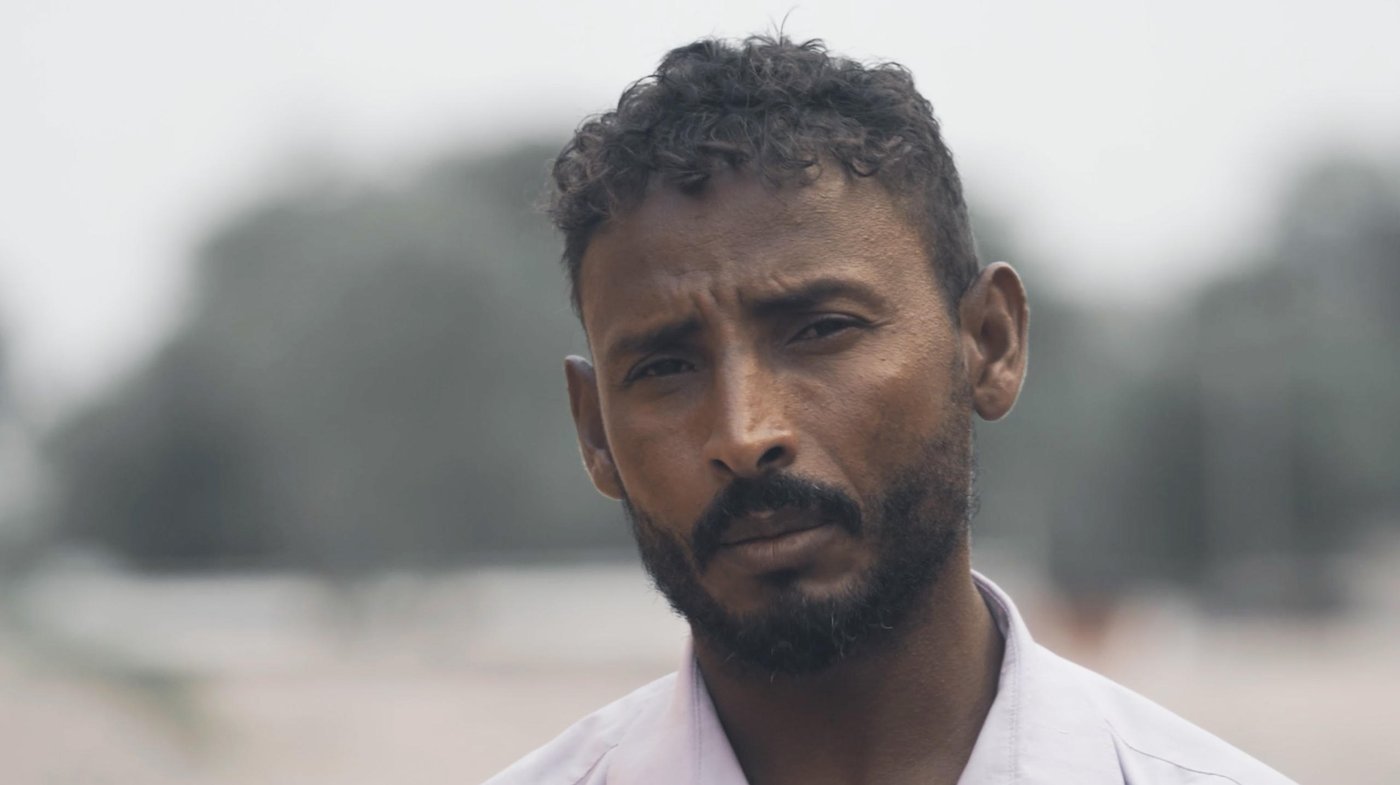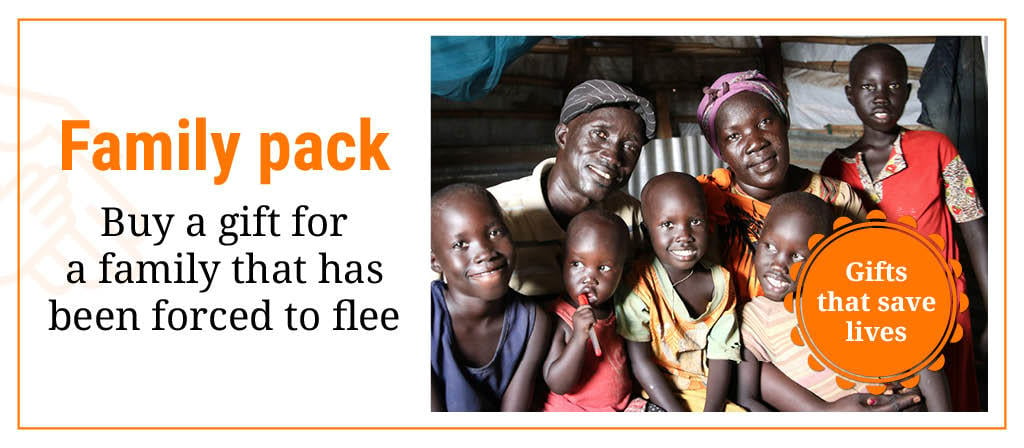
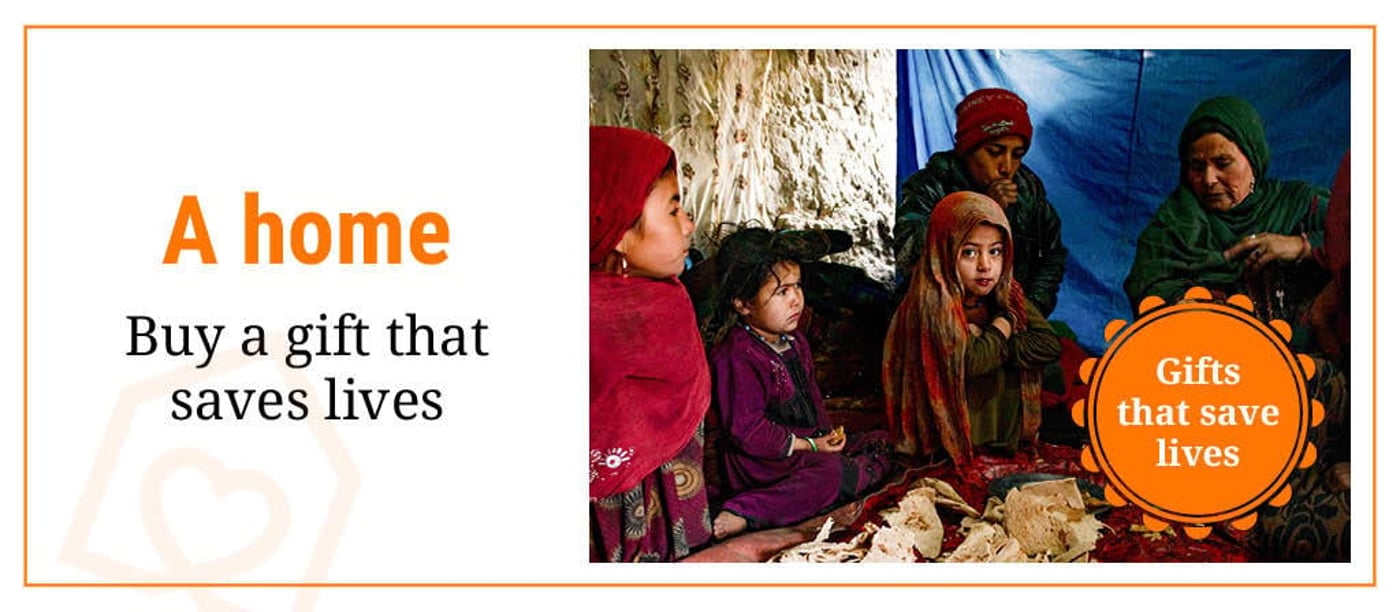
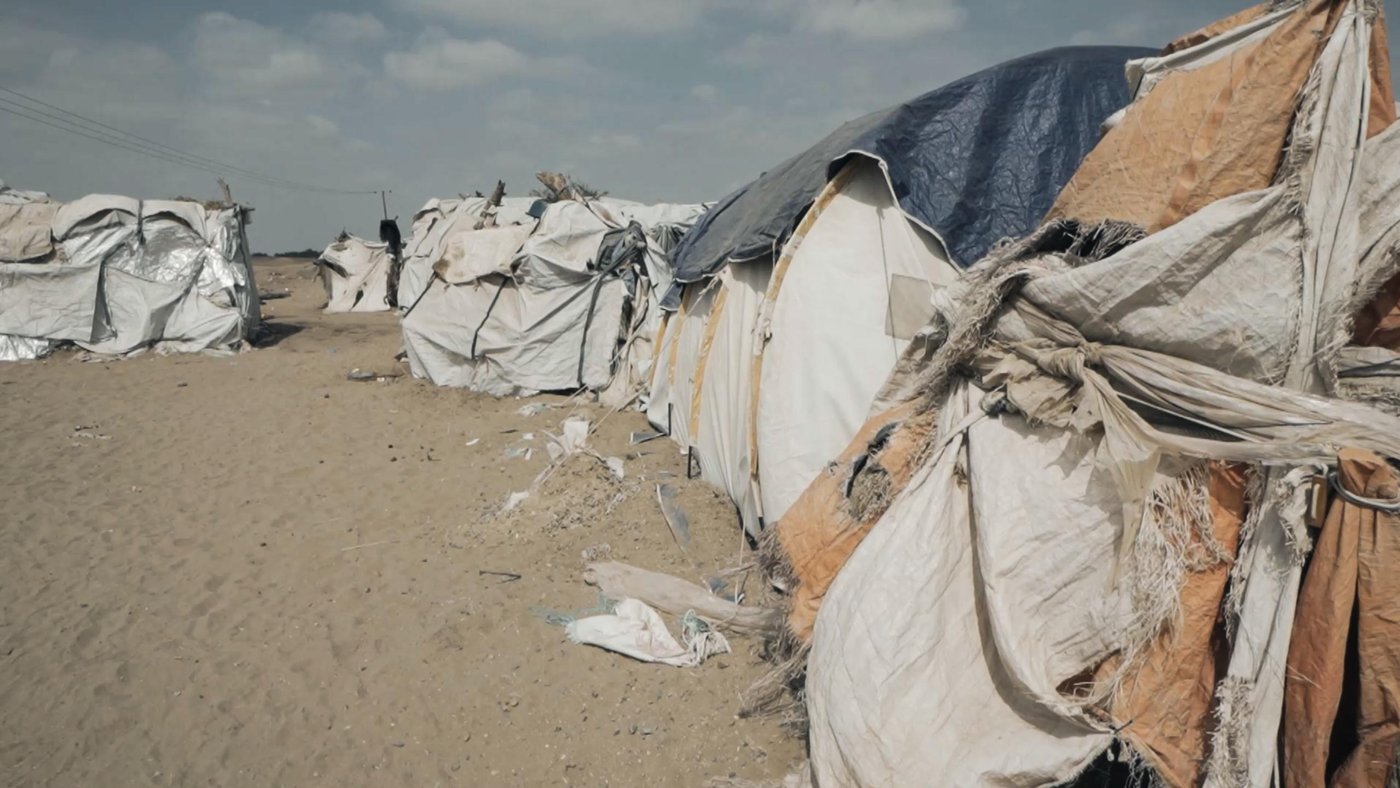
Sabrin Ahmed Saeed, who fled airstrikes in Taiz two years ago, feels the same way about that time. “Our children got sick,” she says. “We built tents using wood, tarp and some plastic bags. When it rained, we wondered: where will we sleep, how will we stay warm and what will we eat?”
“When it rained, we wondered: where will we sleep, how will we stay warm and what will we eat?”
As an emergency measure, the Norwegian Refugee Council (NRC) provided the families with new, stronger tarpaulins. We intended these to last six months, as at that time everyone still hoped to return home.
But over time, the material began to fray. “It was better than straw huts,” Ahmed says. “But the tarp only lasted ten months before tearing, so our suffering returned.”
Returning home was not an option, as the conflict there was still raging on. By now, 360 families were living in the camp. Something had to be done.
A new threat
In late 2019, we were able to bring some good news to Ahmed and others: thanks to funding from the European Union, we would upgrade 279 homes. Toilets, water taps and new lighting would also be provided. Things were beginning to look up for the residents.
Then bad news struck.
“We were told that the landowner wanted us to leave,” Sabrin says. “We didn’t know where we would go. The camp was cold and not the best place to live. But we felt safe here.”
“It was a huge shock, because we had just begun to settle,” Ahmed recalls.
For families who had already been through one life-changing upheaval, it was too much.
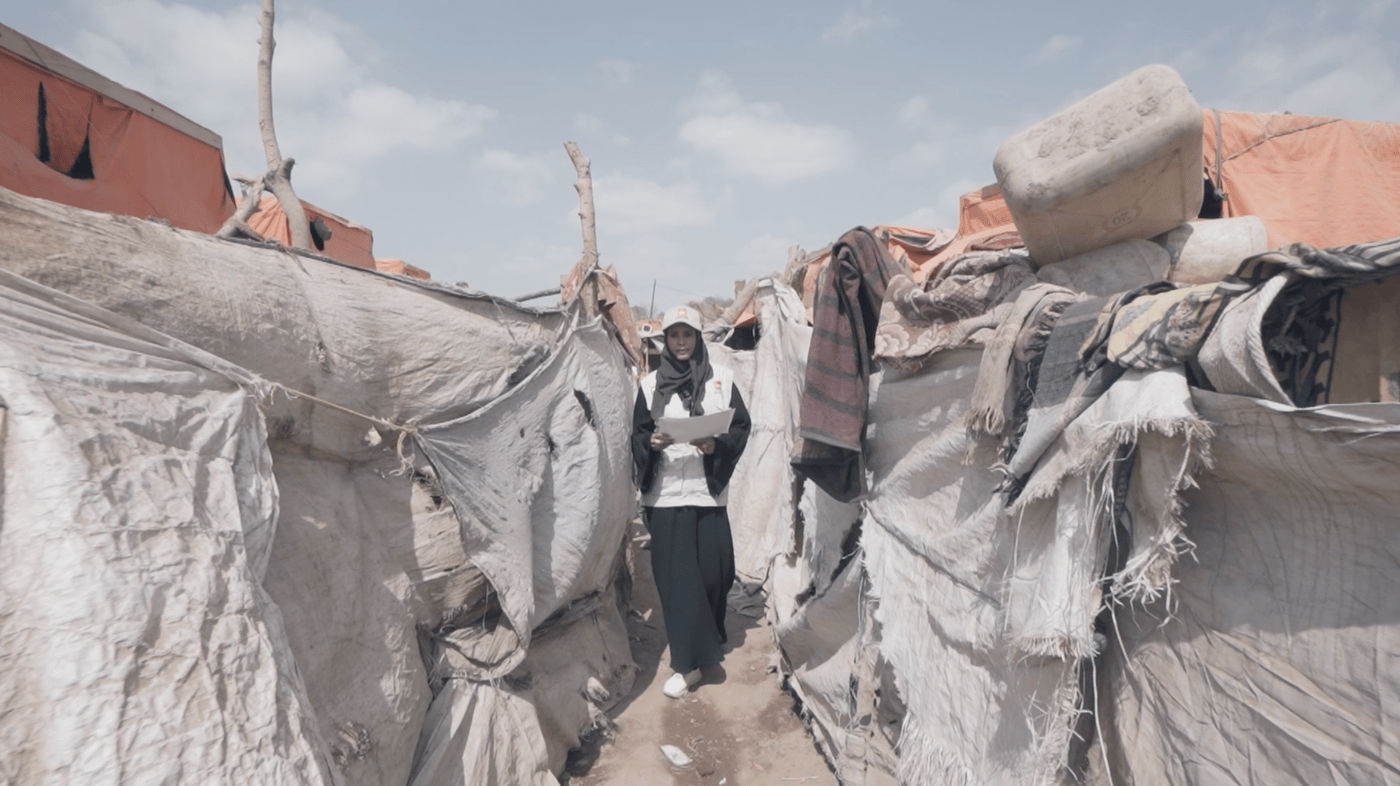
“There was jubilation all over the camp”
There are over 1,500 settlements like Al-Mishqafa in Yemen, providing temporary homes for people who have fled the fighting. The vast majority of these sites are on private land with no agreement in place to allow families to stay. As a result, an alarming 42 per cent of vulnerable families we spoke to across Yemen this year said they feared eviction.
In response, we focus on tracking and assisting with eviction threats as a core part of our support for displaced people in Yemen. Our teams urgently met with local authorities and the landowner of Al-Mishqafa camp.
The negotiations were a success. An agreement was secured, giving families the right to stay for a further five years.
“Honestly, there was jubilation all over the camp,” Ahmed says. “The improvements arrived, with wood and new tarpaulin. This was good news for all of us.”
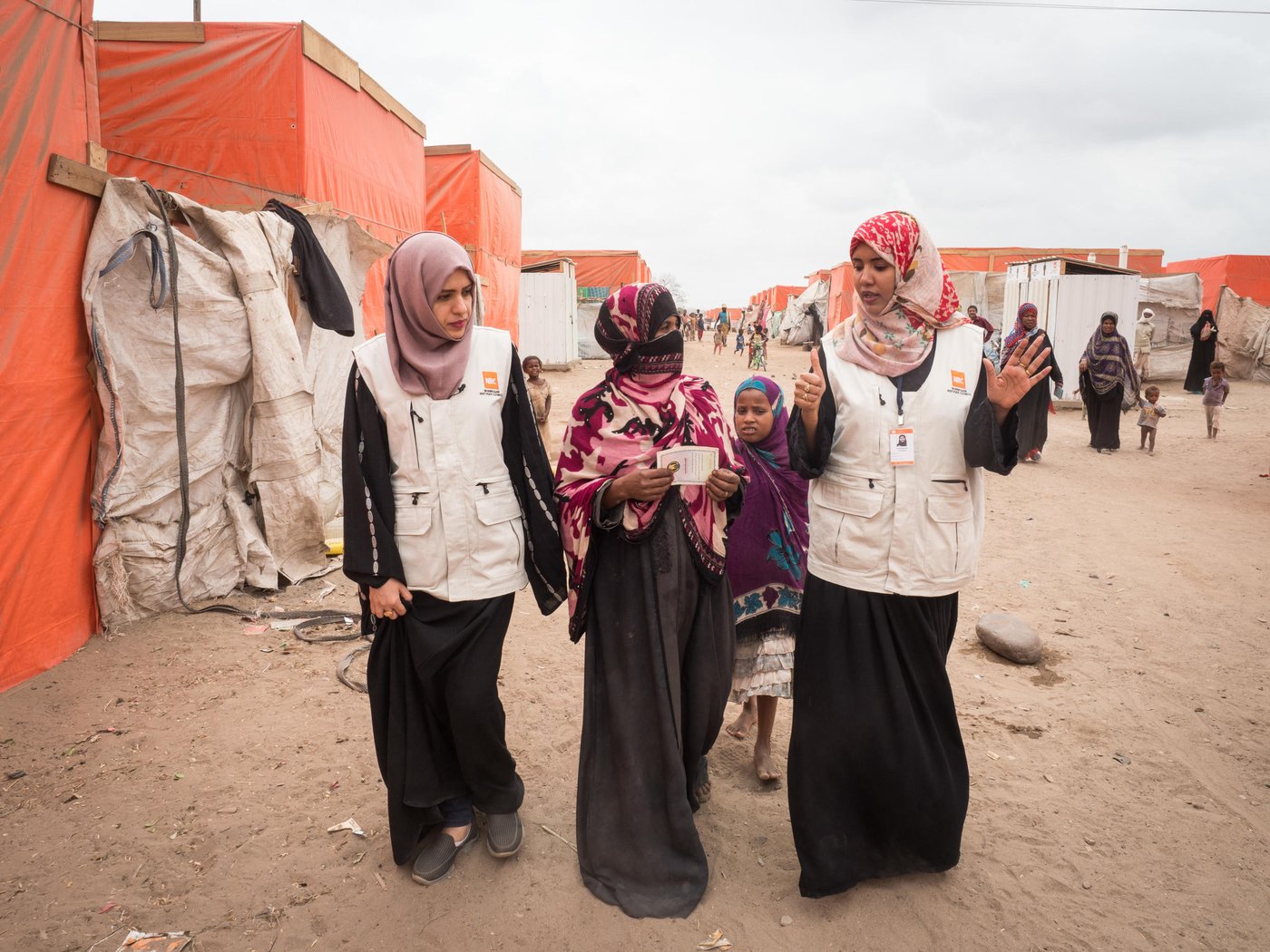
Alongside the home improvements, we also constructed toilets, repaired the camp’s water pump and installed solar lamps. We distributed hygiene materials, helped set up waste management and cleaning services, and ran health promotion sessions.
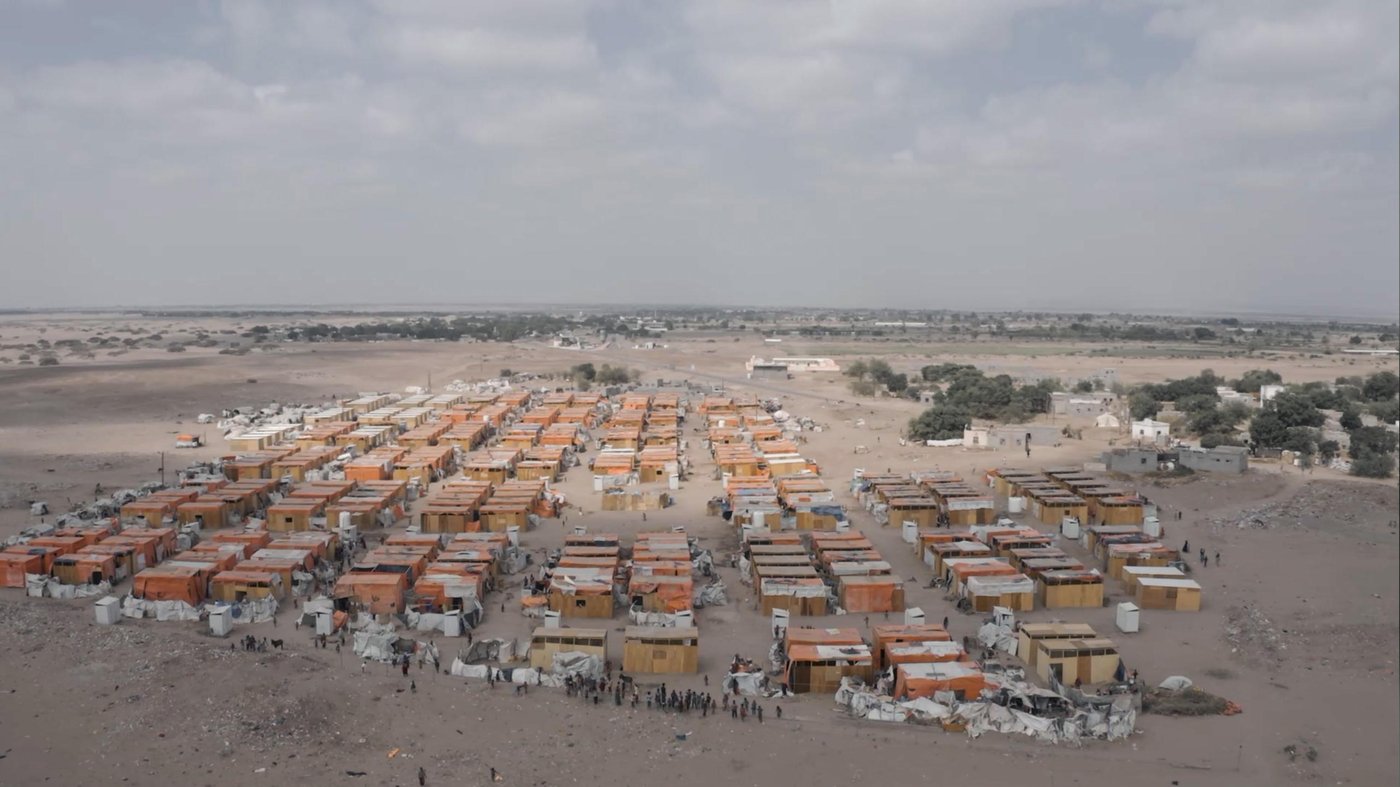
More still to do
A total of 472 families – approximately 2,515 people – living in three camps, including Al-Mishqafa, now have a five-year land tenure agreement as a result of our efforts.
But the eviction threats will only stop when the war in Yemen ends, and people can finally return home or start new lives in dignity and safety. Until then, they will remain stuck in a cycle of emergency, short-term help. They deserve a more stable future – something we will continue to work for.
In the meantime, we are helping to ensure that families who have been forced to flee have a safe and dignified place to call home.
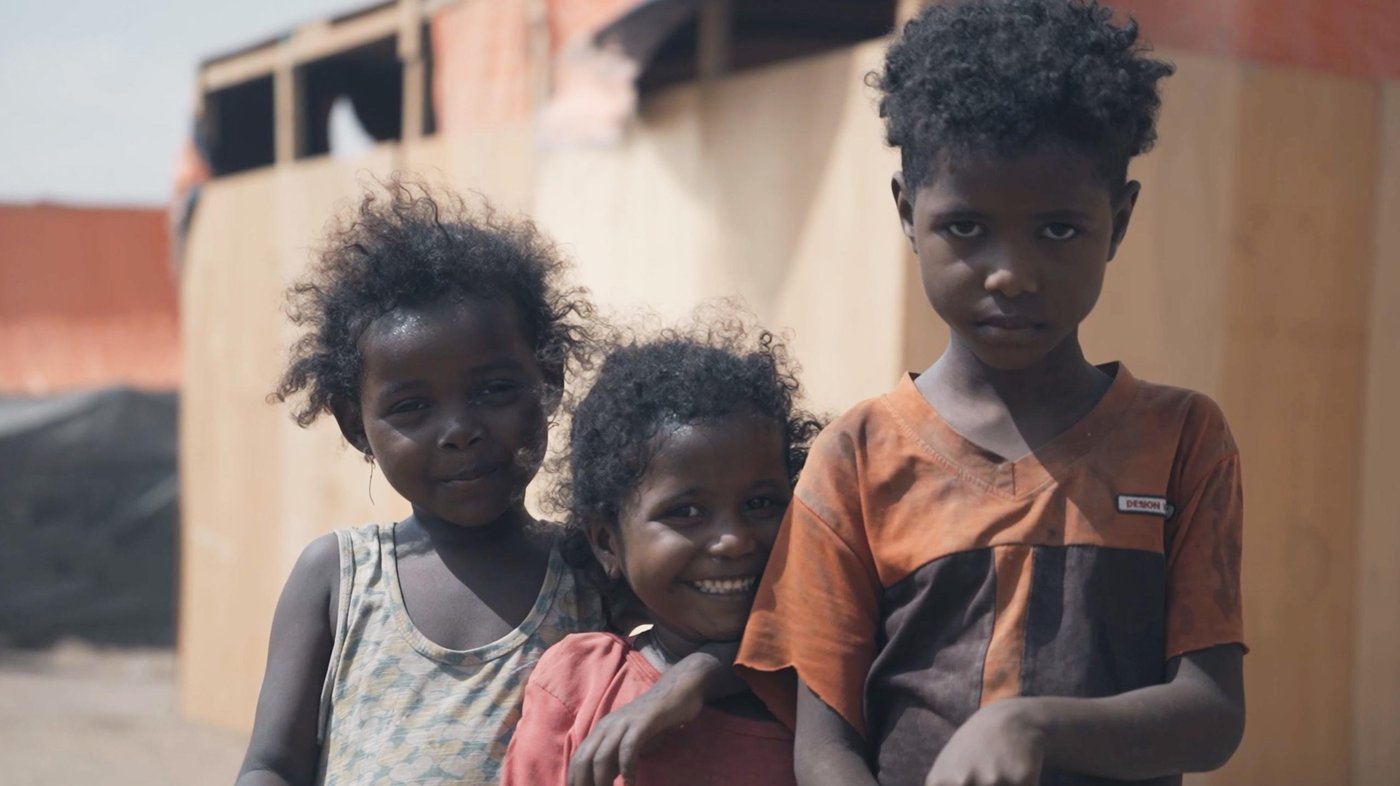
NRC’s work in Al-Mishqafa camp is funded by the European Union, the United Nations High Commissioner for Refugees, the Yemen Humanitarian Fund, and the governments of Germany, Sweden, France and Norway.


